
Outlook for Steel Raw Material Prices (2025–2026)
The pricing trajectory of key steel raw materials—iron ore, coking coal, and scrap—over 2025–2026 will be shaped by a combination of supply-demand dynamics, macroeconomic policies,

The pricing trajectory of key steel raw materials—iron ore, coking coal, and scrap—over 2025–2026 will be shaped by a combination of supply-demand dynamics, macroeconomic policies,
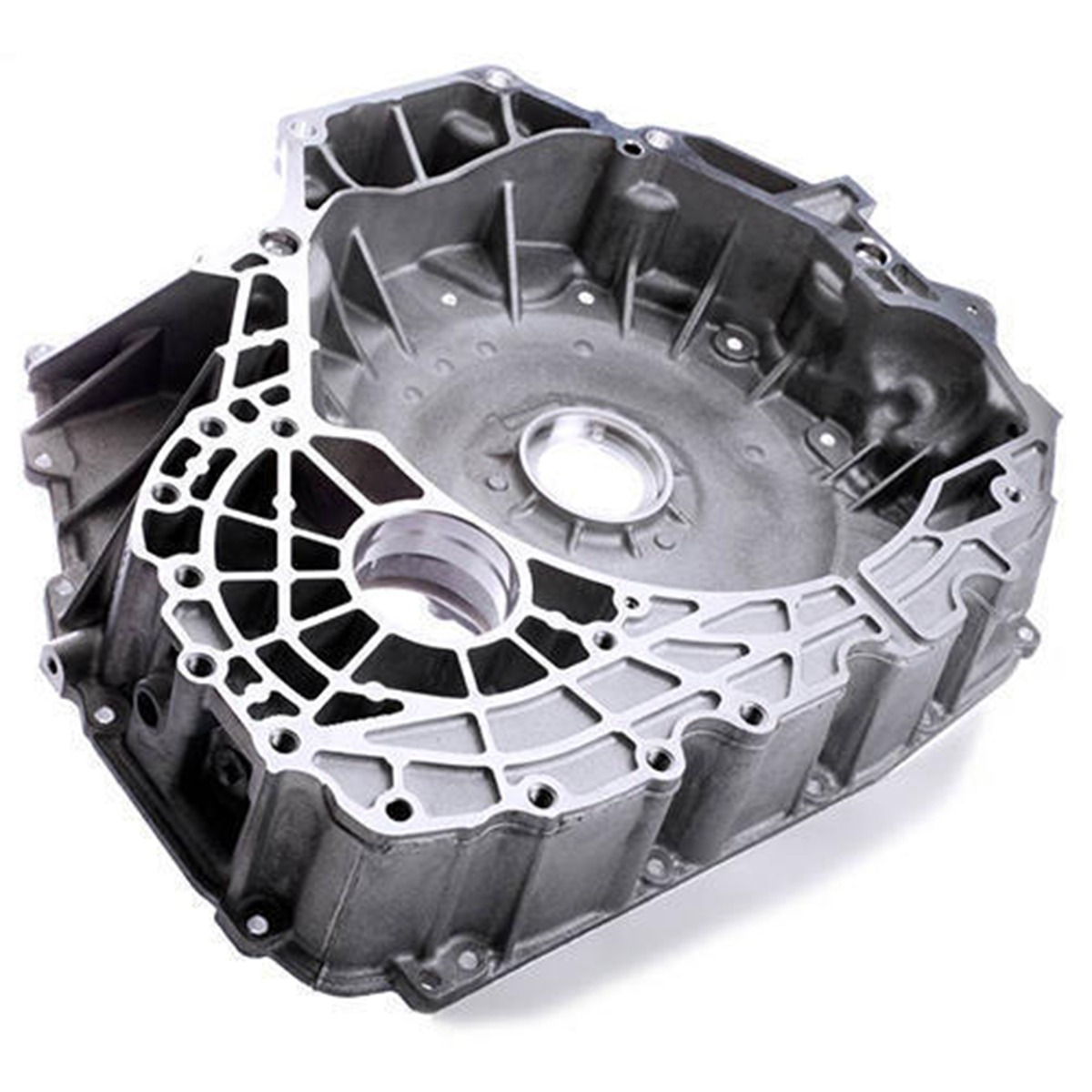
Die casting relies on selecting the right casting alloys and adhering to strict industry-specific standards to ensure high performance and durability of products. Aluminum alloy

China holds a globally significant position in metal raw materials due to the following key advantages: Abundant Natural Reserves Rare Earth Dominance: China controls ~70%
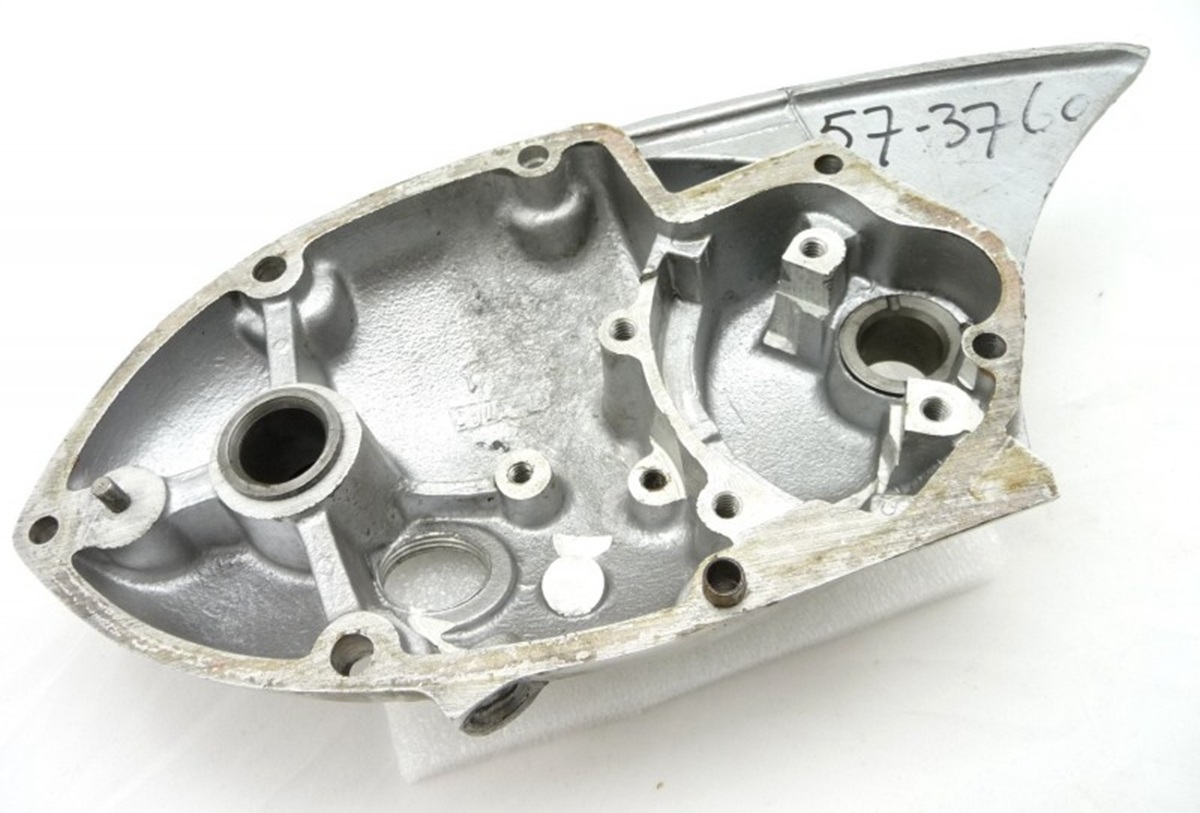
Die casting stands out for its cost-effectiveness and efficiency, making it particularly suitable for high-volume production. The process allows for the manufacturing of complex parts

Die casting is a pivotal manufacturing process used across automotive, aerospace, and consumer electronics industries due to its ability to produce precise and durable components.
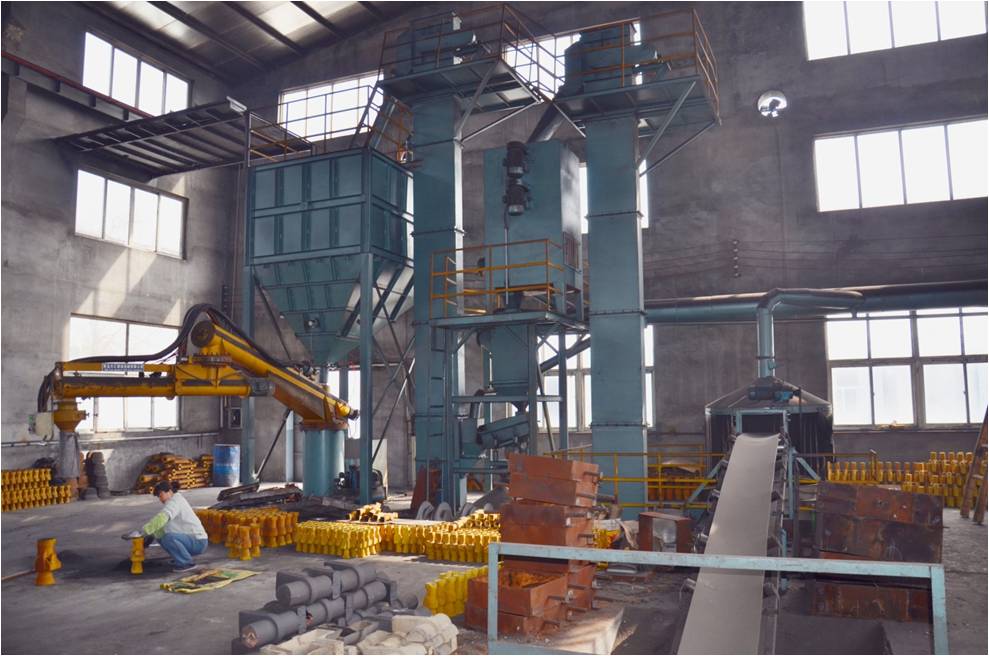
To maintain the competitive edge of China’s custom-processed metal components industry amid evolving global trade dynamics and intensifying competition, a multifaceted strategy integrating technological
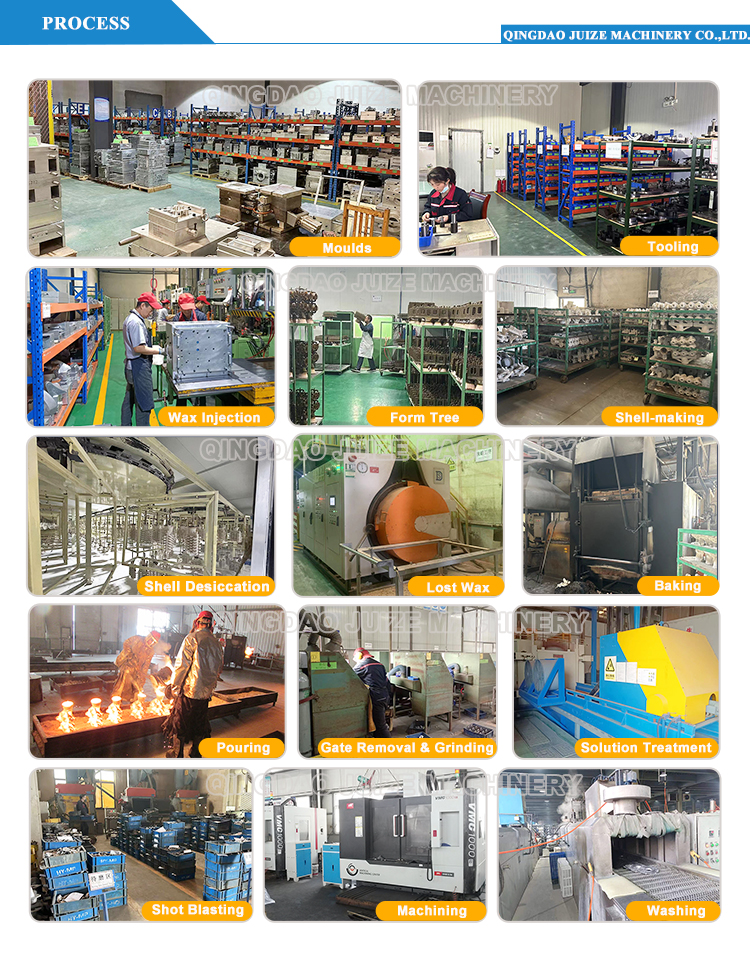
Under the new global tariff policies, China’s custom metal processing parts industry continues to demonstrate significant advantages through cost efficiency, technological innovation, supply chain

Die casting employs a variety of metals, each chosen for its specific properties and suitability for different manufacturing requirements. Aluminum and its alloy is one
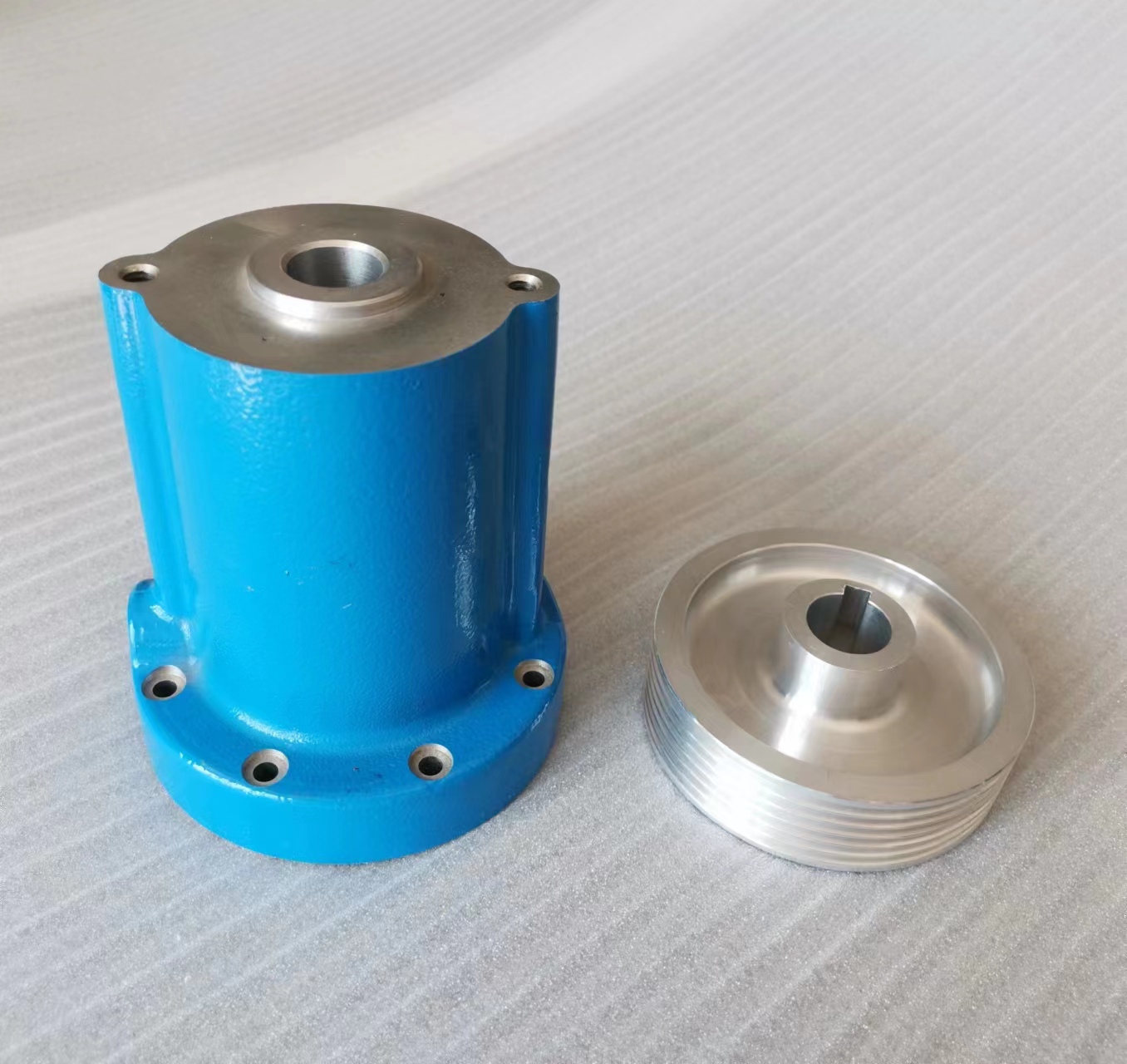
Mold Cost and Complexity Permanent Mold Casting: High initial cost for metal molds (e.g., steel or iron), making it uneconomical for small production runs. Sand
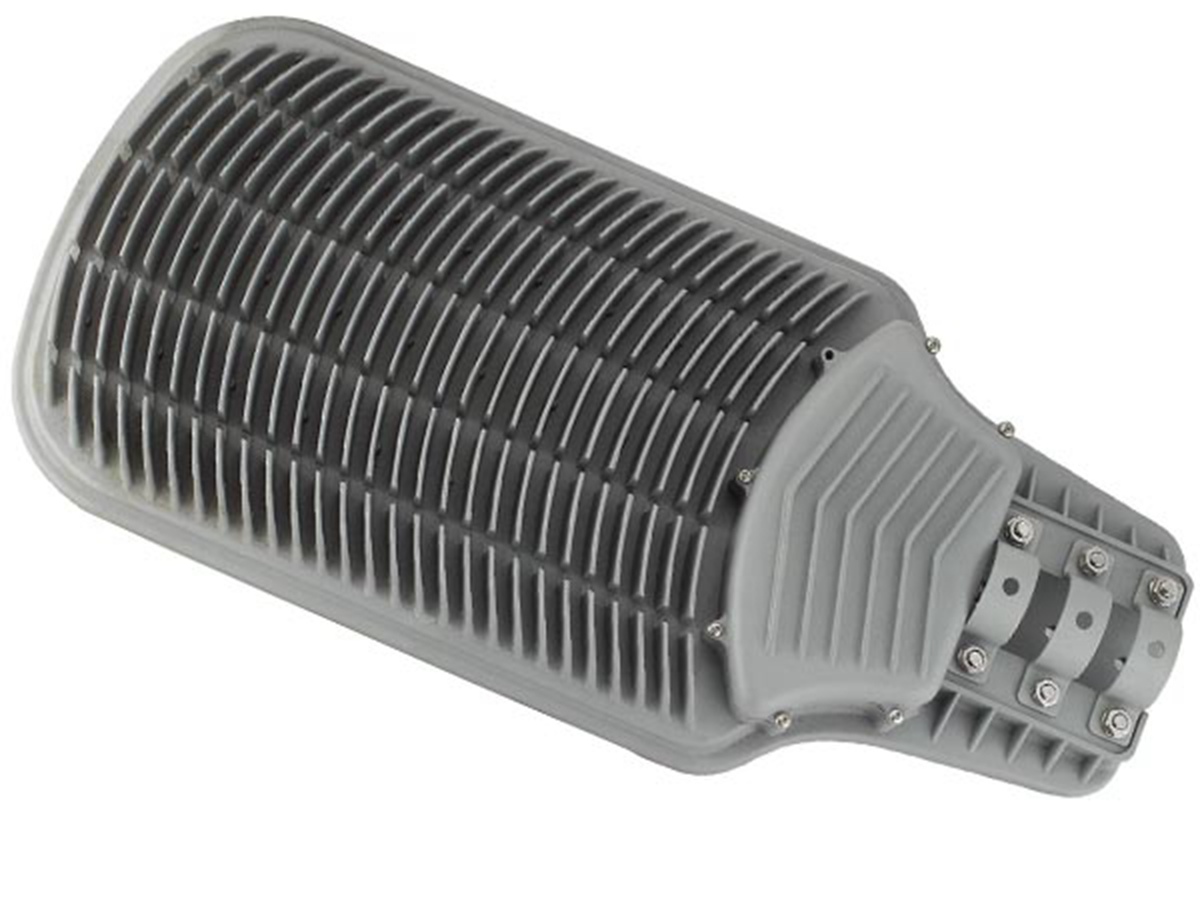
Hot Chamber Die Casting Hot chamber die casting is ideal for metals with low melting points, such as zinc, magnesium, and some low-temperature aluminum alloys.
WhatsApp us
Ready to Work Together? Build a project with!
*You can upload your design here so that we can provide you with a more accurate quote.